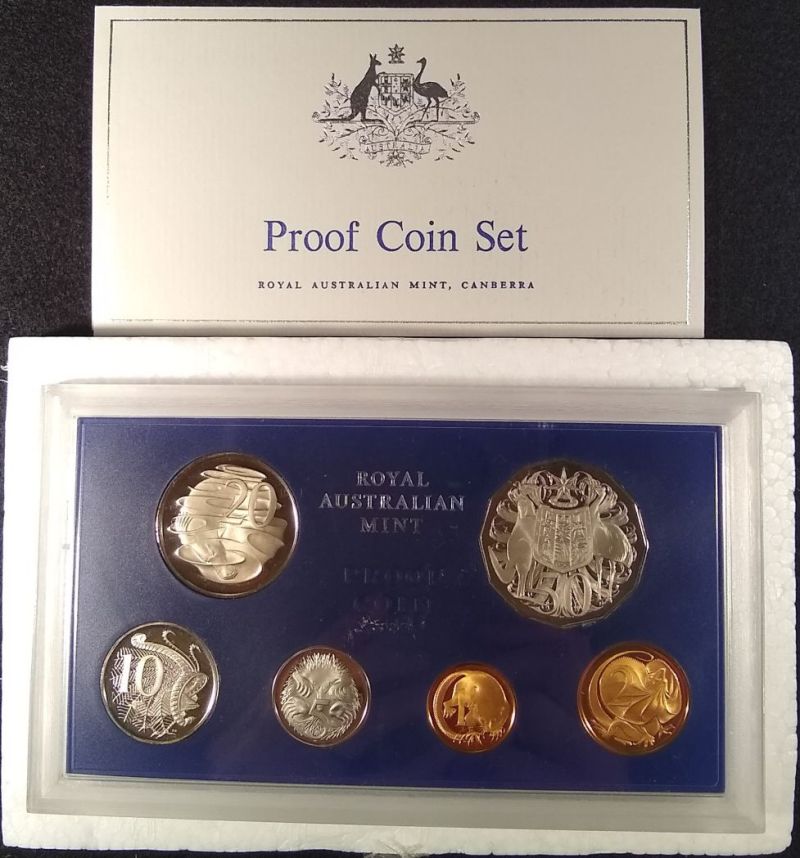

Proof coins are produced by the mint in as close to a state of perfection as possible. Next, followed by the condition of the case then the package.

Highlighting the condition of the coins is first to consider. Note: US mint proof sets values are dependent on both the preservation of the coins and the cardboard packaging. Judge Overall Condition of the Coins and Packaging Additionally, various alloy compositions of the coins were introduced and the 50 different designs of the quarters added to the variables from year to year. Design changes to the dollars and the nickel appear over the years. These sets house denominations of cents through dollar coins. State Quarters proof sets form a very diverse collection. By 1999 collecting proof sets was well established and popular. Proof coins were displayed with thematic graphics printed as backgrounds of the insert.īoxes housing the proof sets also include additional artistic images. Notably in 1999 graphics appeared on the insert within the case. Between the years 19 proof sets and their design were modified slightly. Each coin was separated from the other and the thin plastic was some protection against the elements.Įxpansion of the number of sets, included design changes to the set packaging as well. Production of proof coins assembled into packaged sets began with the "flat pack" in 1955. Many sales occurred at the Philadelphia Mint where the coins were produced.Note: Chart is an average of retail listings. The stapled sleeve was placed in a box or envelope and shipped to the customer. The individual coins were placed within cellophane sleeves, and then stapled together at the top, either as a complete set, or with other coins from the same order. The satin finish is sometimes referred to as “Type 1”, while the brilliant finish is referred to as “Type 2.” The dime, quarter, and half dollar are all found with only the brilliant proof finish. The US Mint responded by using a brilliant finish for all subsequently produced coins, resulting in two different finishes for the cent and nickel. This finish was disliked by collectors, since it closely resembled the regular circulation strike coins. The mintage for the 1936 Proof Set is stated as the lowest mintage for an individual coin of 3,837, since that is the maximum number of complete sets that can exist.Įarly in the year, the Lincoln Cents and Buffalo Nickels were produced with a satin proof finish. Since coins could be ordered individually, the mintages for each 1936 proof coin vary. Individual prices were 75 cents for the half dollar, 50 cents for the quarter, 20 cents for the dime, 20 cents for the nickel, and 16 cents for the cent. The coins would be sold by the United States Mint individually or as a complete set. This included the Lincoln Cent, Buffalo Nickel, Mercury Dime, Washington Quarter, and Walking Liberty Half Dollar. In the year of release, the 1936 proof coins received somewhat of a lukewarm response from collectors, although today all issues are prized as important low mintage issues.Īll five denominations produced for circulation were struck in proof version. The last proof coinage had been produced twenty years ago in smaller mintages and did not include each denomination struck for circulation. The 1936 Proof Set ( Buy on eBay) is usually considered to mark the beginning of the modern era of proof sets.


 0 kommentar(er)
0 kommentar(er)
